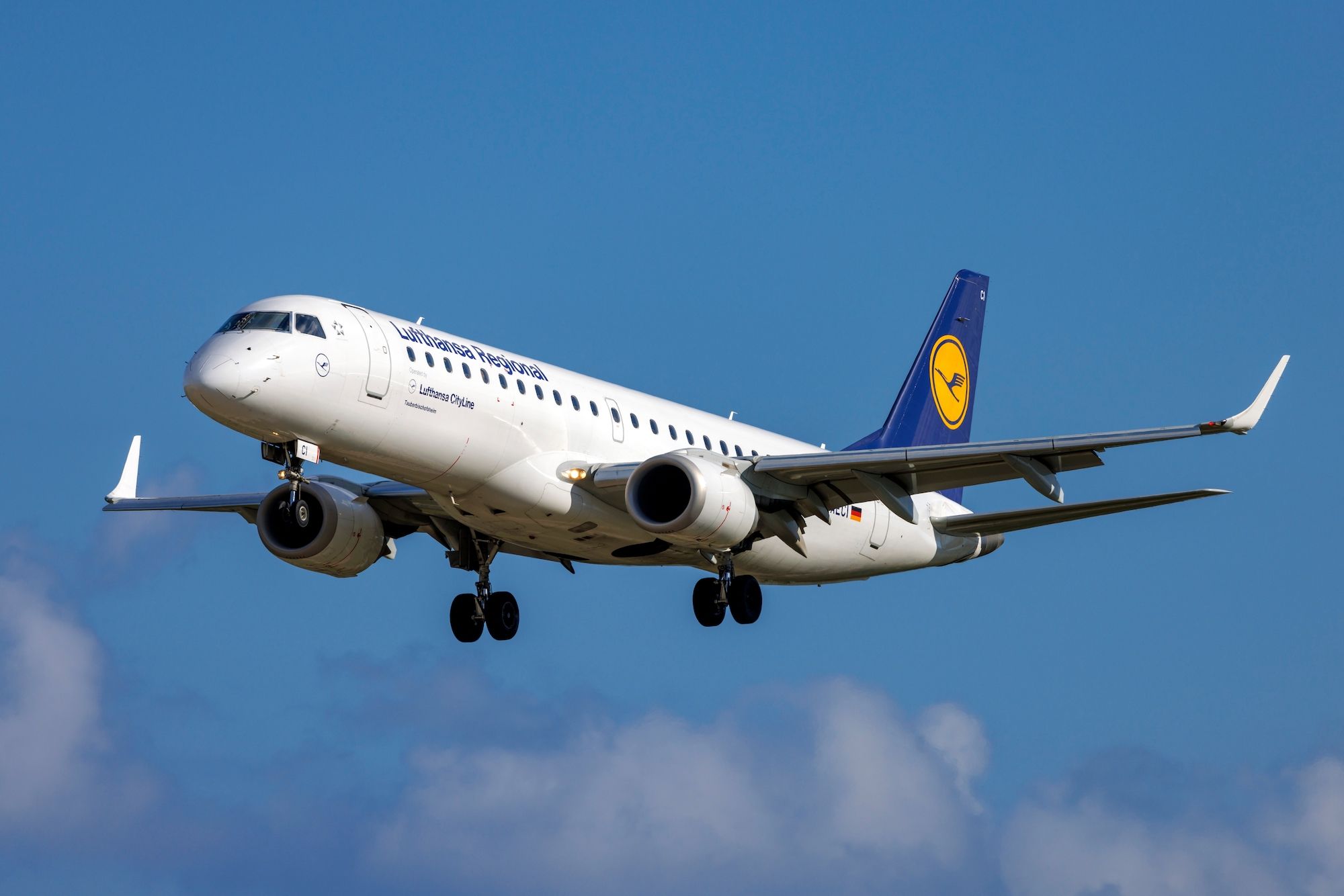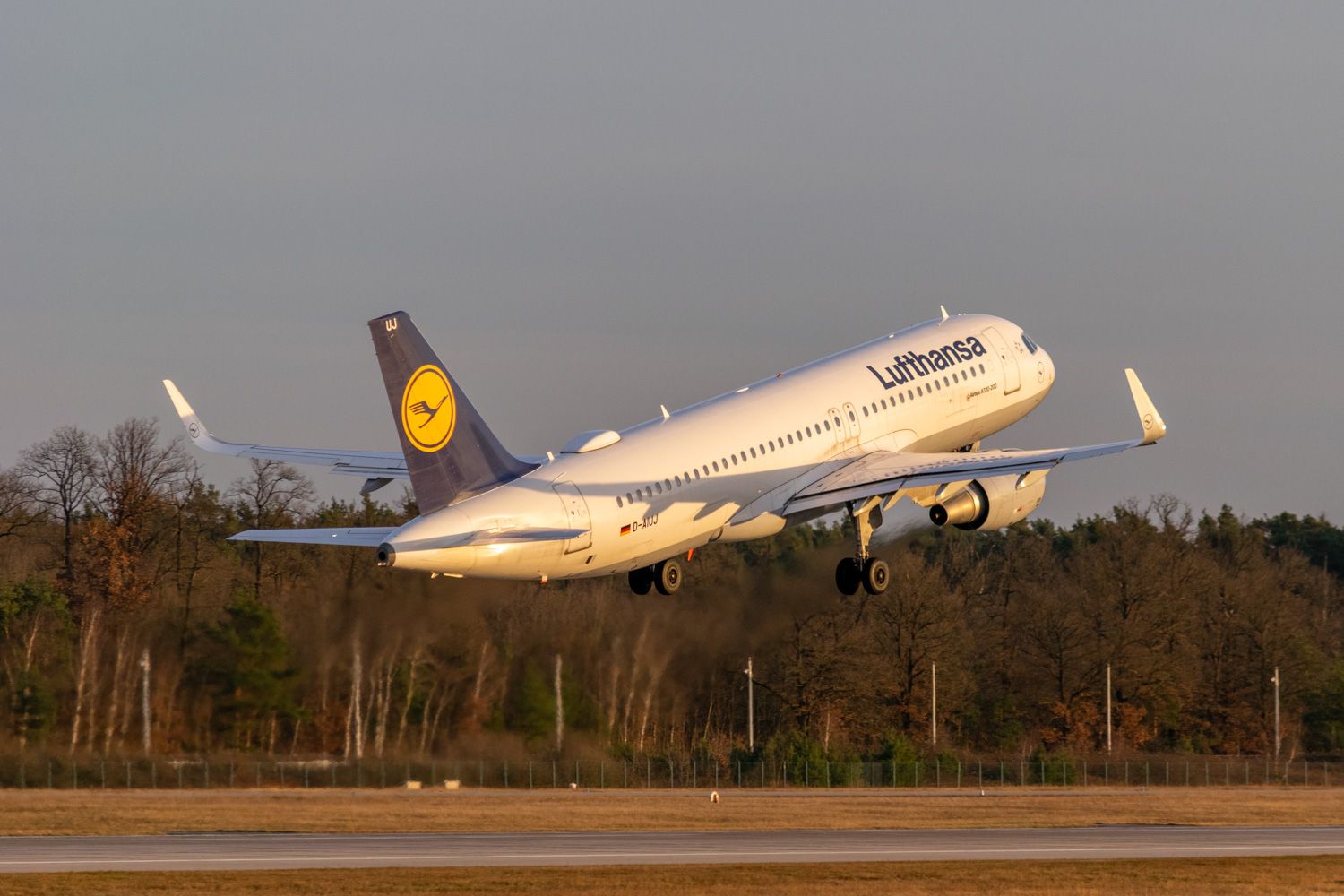Summary
- Lufthansa CityLine was founded in 1958 and wholly owned by Lufthansa in 1992, operating short-haul European routes.
- The airline has a history of operating various aircraft types, including the CRJ, Avro RJ, and Airbus A340-300.
- Lufthansa CityLine has been recognized with awards such as ‘Airline of the Year’ and ‘Regional Airlines of the Year.’
Lufthansa CityLine is a German carrier owned by Lufthansa and headquartered at Munich Airport (MUC). The airline maintains current hubs at Frankfurt and Munich airports and operates a dense domestic and intra-European network with its fleet of 54 aircraft.
The airline was founded in 1958, officially as Ostfriesische Lufttaxi (OLT), a regional air taxi service. It followed with multiple name changes, including Ostfriesische Lufttransport (OLT) in 1970 and DLT Luftverkehrsgesellschaft mbH (1974), before teaming up with Lufthansa in 1978 to operate some of its short-haul European routes.
Fast-forward to 1989, and all of the carrier’s operations were on behalf of Star Alliance member Lufthansa. By March 1992, DLT became wholly owned by the German flag carrier. The airline was then renamed Lufthansa CityLine. At this point in its tenure, the airline operated over 200 daily flights to 50 cities across 15 European countries. The carrier was also the first commercial airline to operate the CRJ aircraft variants.
Throughout the airline’s history as Lufthansa CityLine, it has operated a range of narrowbody and widebody aircraft, including:
Fleet history
|
Aircraft |
Introduced into service |
Retired from service |
|---|---|---|
|
Fokker 50 |
1992 |
1997 |
|
De Havilland Canada Dash 8-100 |
1992 |
1997 |
|
De Havilland Canada Dash 8-300 |
1992 |
1997 |
|
Boeing 737-200 |
1992 |
1999 |
|
ATR 42-300 |
1992 |
2002 |
|
Bombardier CRJ100 |
1992 |
2010 |
|
Bombardier CRJ200 |
1992 |
2010 |
|
Avro RJ 85 |
1994 |
2012 |
|
Bombardier CRJ700 |
2001 |
2015 |
|
Embraer 190 |
2009 |
2021 |
|
Airbus A340-300 |
2015 |
2020 |
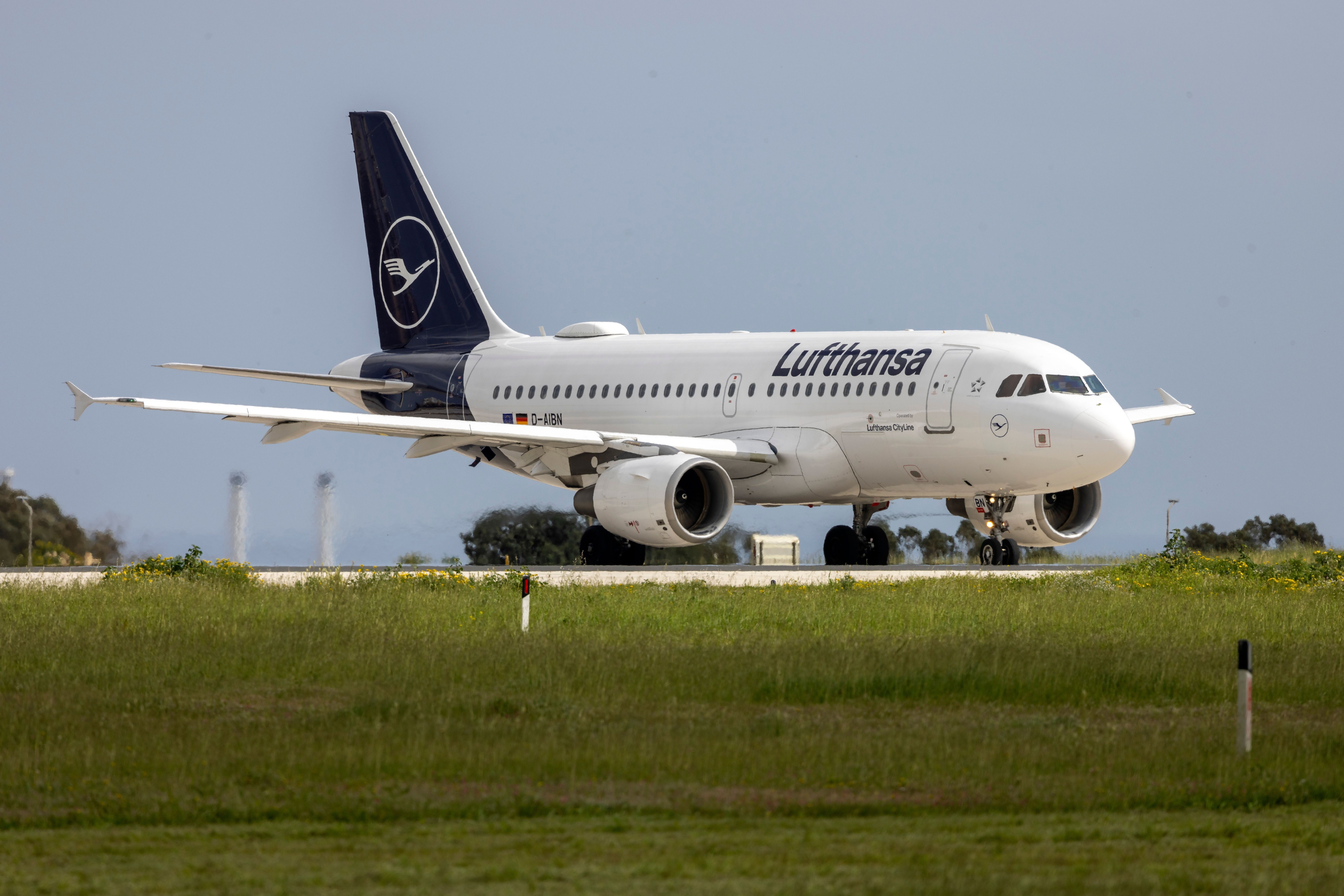
Related
Lufthansa City Airlines Reveals Its Initial Destinations
Lufthansa Group’s latest carrier, Lufthansa City Airlines, has released information about its initial destinations.
1
Restructuring the fleet
By 1994, the airline was going from strength to strength. Three Avro RJ85s were added to the fleet, increasing the total number of that variant to 15. With more capacity, the airline offered City Class, which is comparable to Lufthansa’s business class product for short-haul operations.
Moving to jet aircraft
Operations have been ramping up with the Fokker 50s in the airline fleet slowly being transferred to airline partner Contact Air, the CRJ, and Avro RJ85. By May 1995, the airline celebrated over 10,000 passengers in one calendar day. By 1997, the carrier had transferred all Fokker 50s out of the fleet and became the first European regional airline to operate all jet aircraft. With its improved capabilities, the airline started to add more European ports into the Lufthansa network than ever before.
2
Airline of the Year
As voted by Regional Airline World Magazine, 1999 saw the carrier win the ‘Airline of the Year 1999’.
Fairchild Dornier 728 Jets
In celebration of the airline’s success and growth, Lufthansa CityLine sought to purchase 60 Fairchild Dornier 728 jets capable of transporting up to 70 passengers. However, as the manufacturer was later declared bankrupt, Lufthansa never received these aircraft.
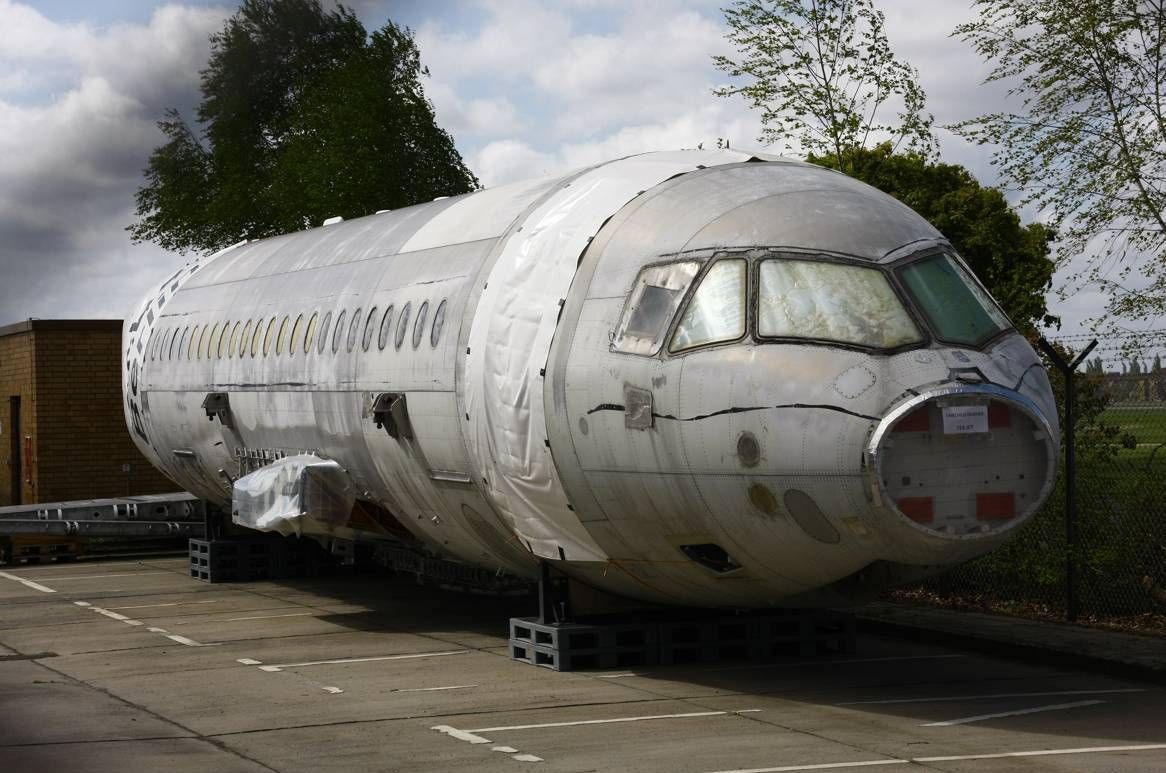
Related
The Fairchild Dornier 728: A Twinjet That Never Was
The type promised to be a new family of regional aircraft from Germany but never materialized despite years of development.
Regional Airline of the Year
Air Transport World named Lufthansa CityLine the ‘Regional Airlines of the Year 2001’ on June 18th. It was also awarded second prize in the ‘Environment and Infrastructure’ category, considered one of the highest accolades in the industry at that time.
3
New heights
By 2008, airline management had approved the airline’s further realignment alongside Lufthansa. Wage negotiations concluded in December 2008, and a collective agreement was approved. That month, the executive board decided that Lufthansa CityLine would add 20 Embraer jets between 2009 and 2011, and in return, CityLine would withdraw 35 older and smaller aircraft from its fleet.
Photo: InsectWorld | Shutterstock
50 years since the airline’s first flight
By 2009, the airline had celebrated 50 years of service, and the carrier had the country’s first approved maintenance facility for its new Embraer E190/195/170/175 jets.
4
Going long-haul
Welcoming the first of three Airbus A340-300 to the fleet in 2014, the airline launched direct flights to Tampa, Florida. By 2016, its widebody fleet had increased to six A340, serving routes to Central America and Africa.
By 2017, CityLine had celebrated 25 years of operating the Bombardier CRJ aircraft, with one of its fleet sporting special liveries spotted across Europe for several months. That same year, Lufthansa decided that the airline’s maintenance operations would be consolidated to Lufthansa Technik’s A380 hangar due to space requirements for a new terminal 3 at Frankfurt Airport.
The following year, Lufthansa unveiled its new brand identity with a CRJ900 in Frankfurt, the first to sport the new paintwork. It also rejuvenated its website with a new layout and more user-friendly technology to boost the airline’s profile. In addition to these changes, the Lufthansa executive board added Airbus A319 jets into the fleet, adding another large aircraft to the subsidiary.
5
Coronavirus
With the airline showing no signs of slowing down, the world was unaware of what would change our lives forever: COVID-19. Like many airlines, most of its operations were grounded as people stayed home, and the airline was forced to trim its network to a basic schedule with smaller aircraft to match demand, hampering its ambitious growth plan.
Goodbye wide-bodies
With many Lufthansa widebody aircraft grounded, CityLine decided to end long-haul operations, and the remaining A340 was returned to its Lufthansa parent company.
In 2022, Lufthansa CityLine celebrated 30 years of operating under the name and continues to show the world how an airline could grow from a small air taxi to one of Europe’s most integral regional carriers.
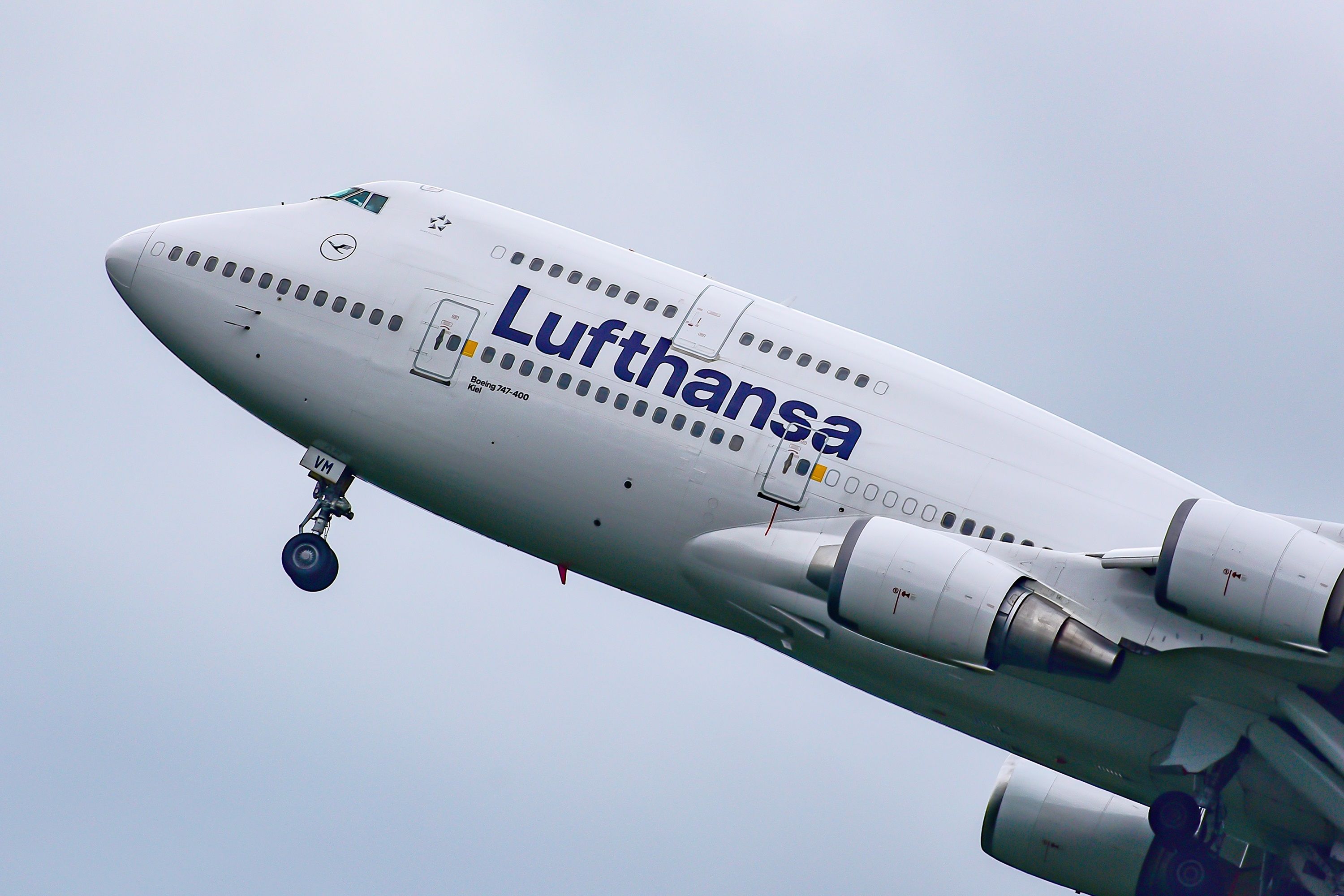
Related
9 Routes: Where Lufthansa Is Flying The Boeing 747-400 This Summer
The route map has changed massively compared to last summer.


